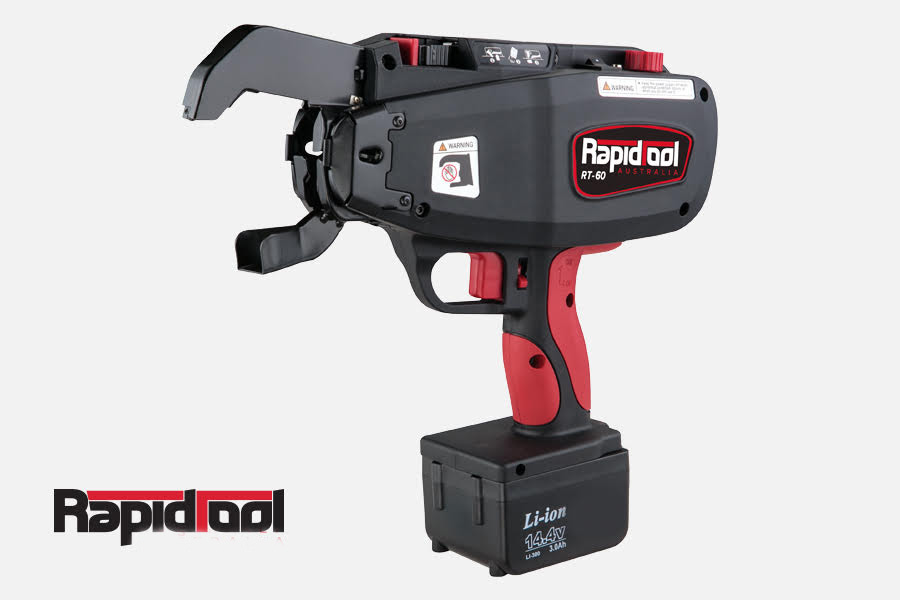
Construction sites are typically hazardous due to the fast-paced working environment. It is not uncommon to hear about accidents and other mishaps occurring due to certain tasks and the use or misuse of certain equipment. However, you could minimise incidents that can cause downtime, loss of productivity, and healthcare expenses by investing in the right equipment and machinery, like the rebar tier. When you work with concrete, you need to consider using a high-quality rebar tier that will make it easier for you and your workers to avoid back-breaking work and reduce your susceptibility to developing long-term chronic pain and injuries.
Rebars used to be manually tied, but the process is labour-intensive and time-consuming. The job requires workers to be hunched or crouched to the ground, making them at risk for health issues and injuries. Moreover, it can strain the forearms and increase the risk of developing wrist damage and carpal tunnel syndrome. Musculoskeletal disorders on the lower back may develop down the line, too, as the worker has to be bent over for extended periods of time. A rebar tier will help improve the working conditions in your construction site.
The National Institute for Occupational Safety and Health has discovered the health issues related to rebar work and tying. You can keep your employees healthier and safer with a high-quality rebar tier, an innovative handheld tying machine that will not require the user to bend over or stay in awkward positions for extended periods of time. The device will tie the rebar together when you pull a trigger. The reel or the cartridge of wire is attached to the rebar tier and it will be fed to the bars or rods that need to be put together, and then cut and fastened in a simple mechanism. With the way it works, it helps reduce forearm strain and speeds up the rebar tying process.

